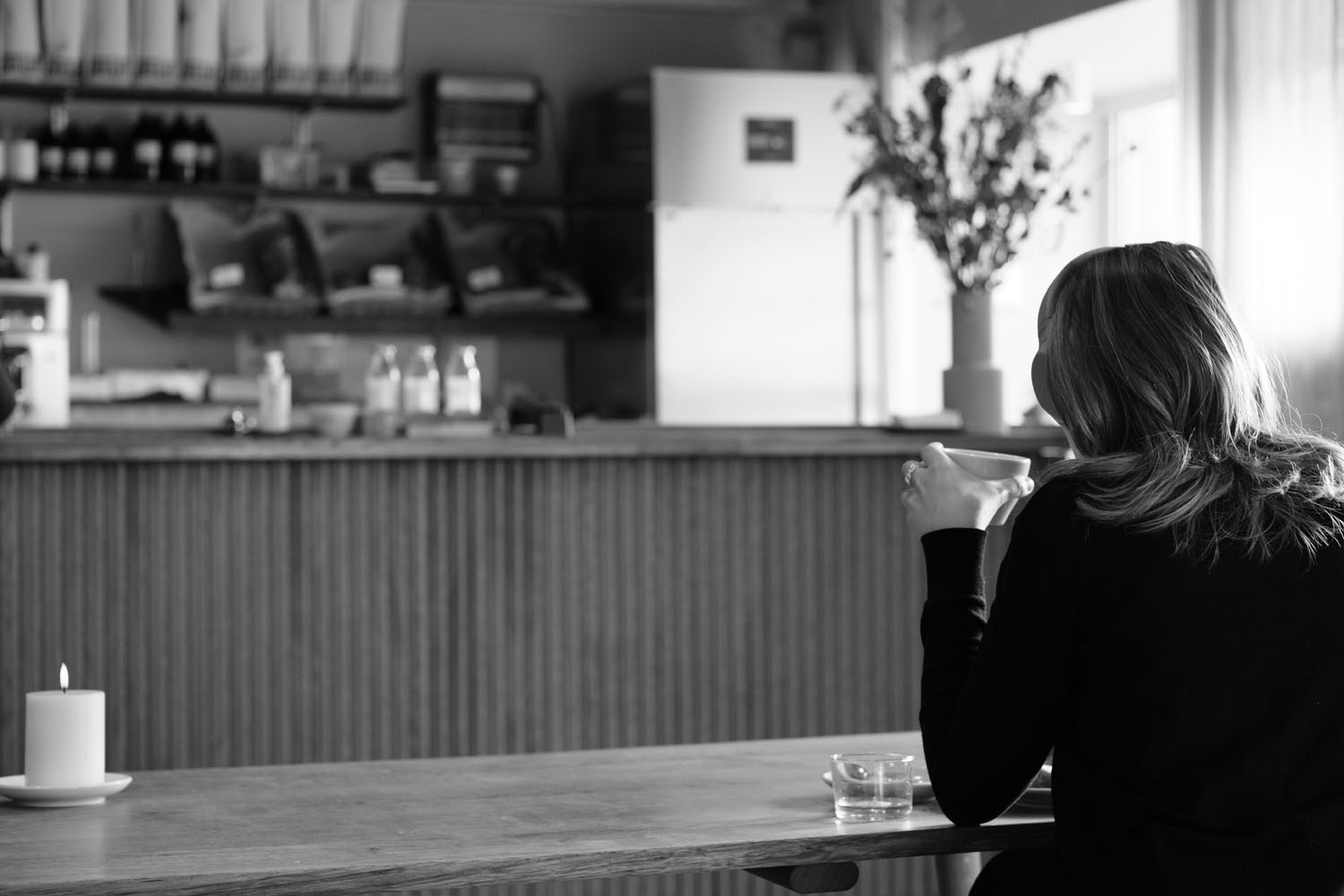Café Culture
There’s something about sipping a morning cappuccino at a Tuscan terrace, in a narrow cobblestone street, watching the town shake off its slumber, that is deeply satisfying. Bar Rossi is a small café in the medieval town of Orbetello. It has a good vantage point overlooking the shops on Corso Italia on one side, and the Piazza dei Due Mondi on the other. My cappuccino is prepared by the friendly owners as I settle down on the terrace and enjoy the show unfolding in front of me. The pedestrian street opens its myriad trendy shops of home decoration and fashion wear for the Roman and Florentine tourists arriving later in the morning. At this time of day, the piazza is occupied by retired locals, whilst the younger ones order their coffee at the bar and drink it in one gulp, standing up before heading to work.
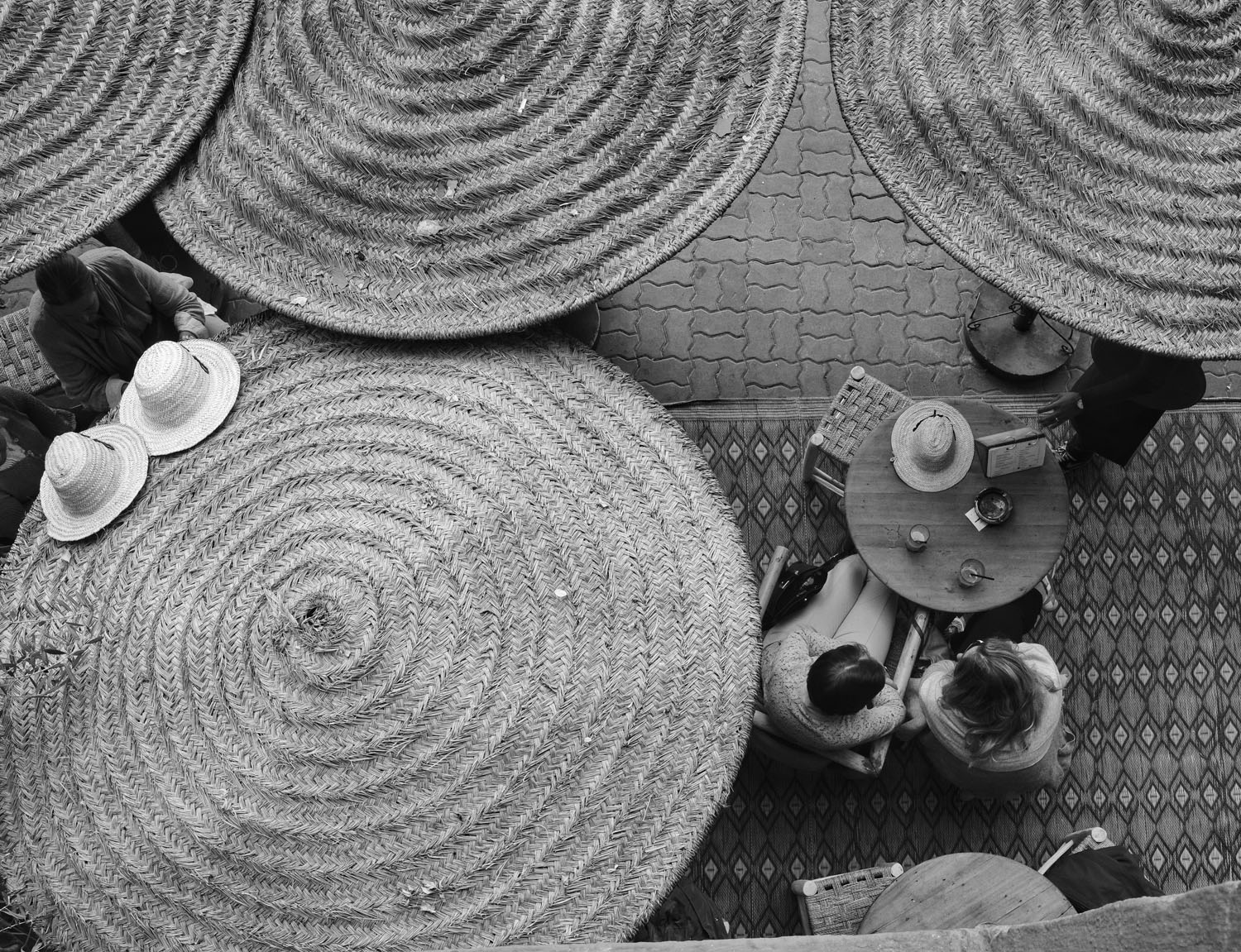
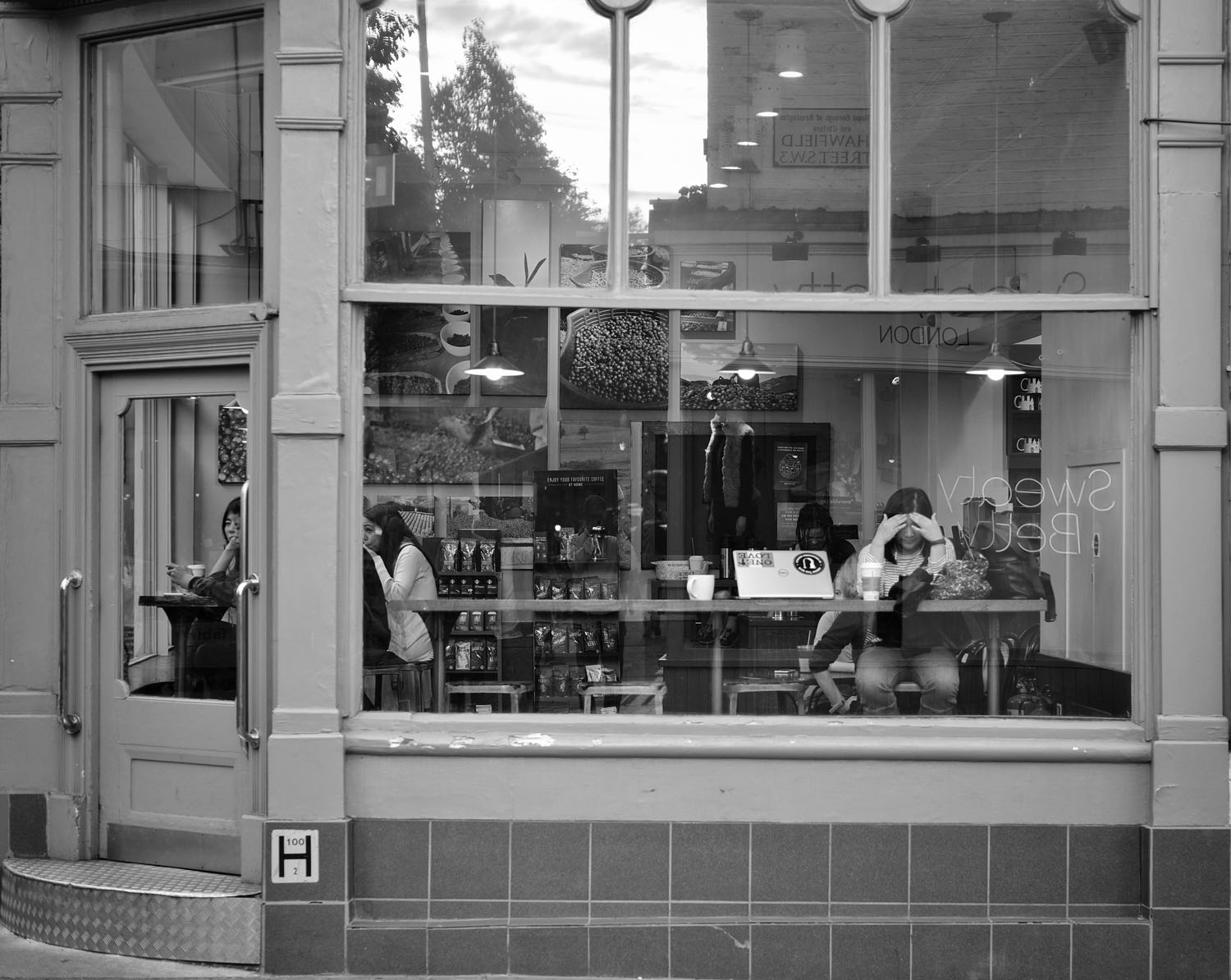
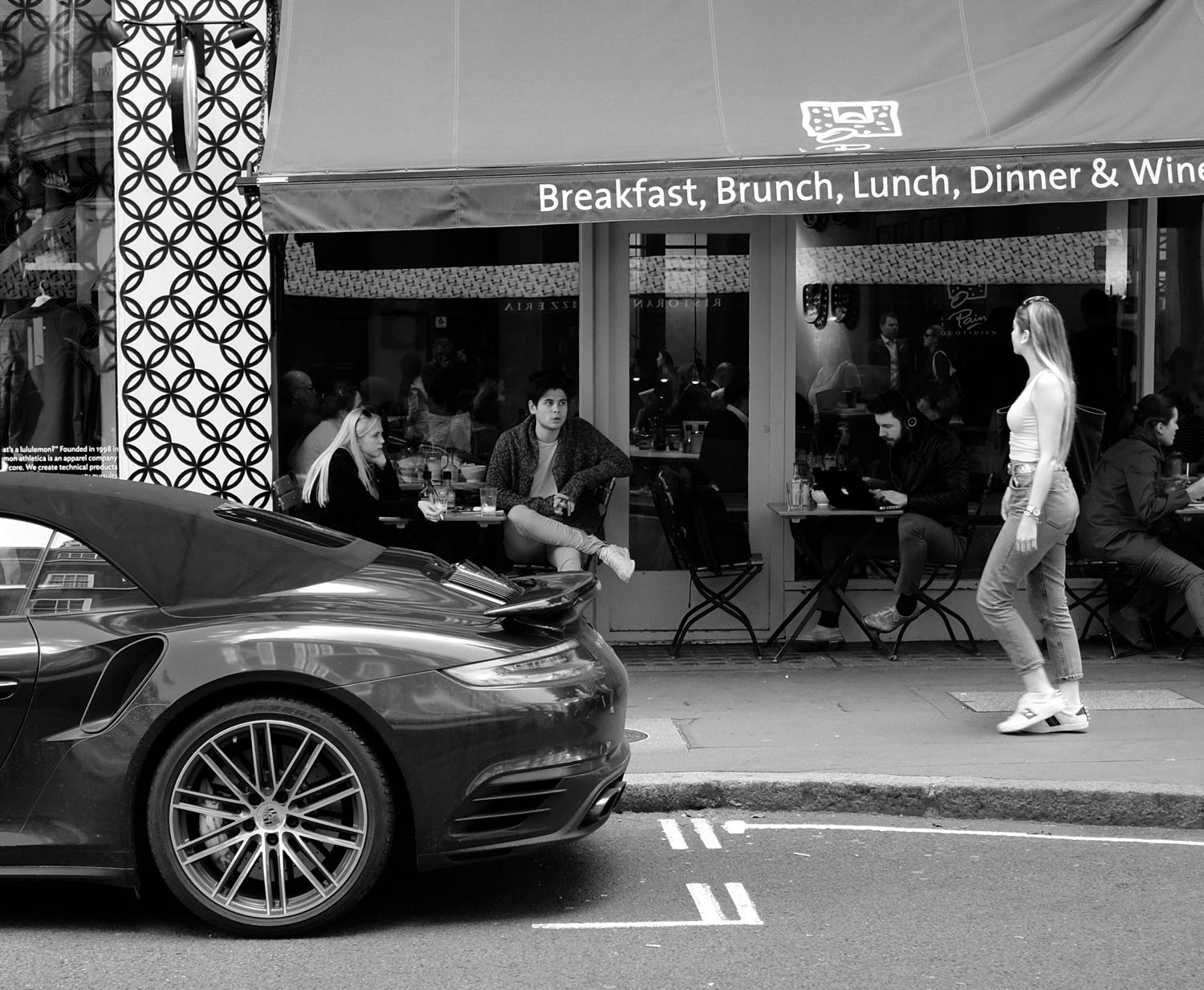
RIGHT: Fuji X-Pro2 . Fuji XF23mmF2.0 . F/2.2 . 1/220″ . ISO 200
In the old town of Nablus, Palestine, we had just finished lunch and were looking for somewhere to drink our coffee. We could not find an obvious café, but did spy a few empty stools outside the entrance of a large room where a number of older men were gathered sipping their coffee. I asked the young man at the entrance whether they served coffee, and he interrupted his phone conversation, told us yes, helped us bring in more stools, and then walked away, continuing his phone conversation. It turned out that he was a mere passerby. We were served by an elderly man who made the coffee himself in a pot over a gas-powered single-ring stove below a shelf filled with shishas. We sat down to a front-row view of the theatre of the souk, engulfed in the smells and cacophony of vendors shouting their promotions of fruit, vegetables or soap amongst carts competing with pedestrians ambling down the narrow lanes.
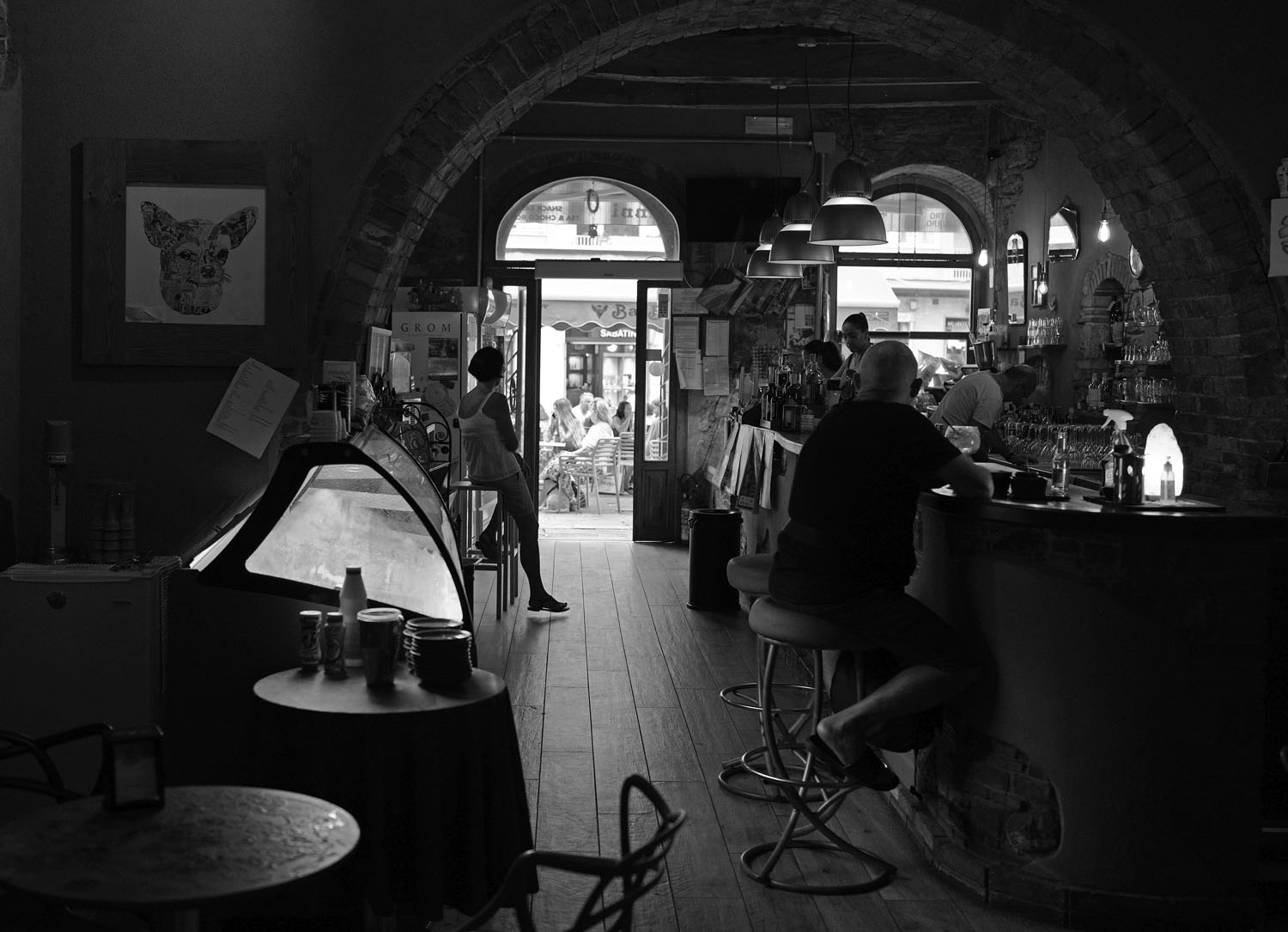
Melbourne, Australia, where the “flat white” was invented, has a strong coffee culture. Cafés are abundant and we were spoilt for choice — but only in the mornings. We were not accustomed to cafés closing in the afternoon, which left us somewhat orphaned. So many cafés had very little seating available, but long queues of customers overflowed onto the pavement. Melburnians seem to prioritise a café for the quality of its coffee beans, how they’re roasted and brewed, over the setting.
Orbetello, Nablus, and Melbourne, three cities across the globe, three different ways to drink coffee. Italians gulp it standing at the counter. Palestinians take the afternoon, sitting around the table (preferably solving the world’s problems at the same time). Melburnians drink it from a takeaway cup rushing to the office.
I was intrigued.
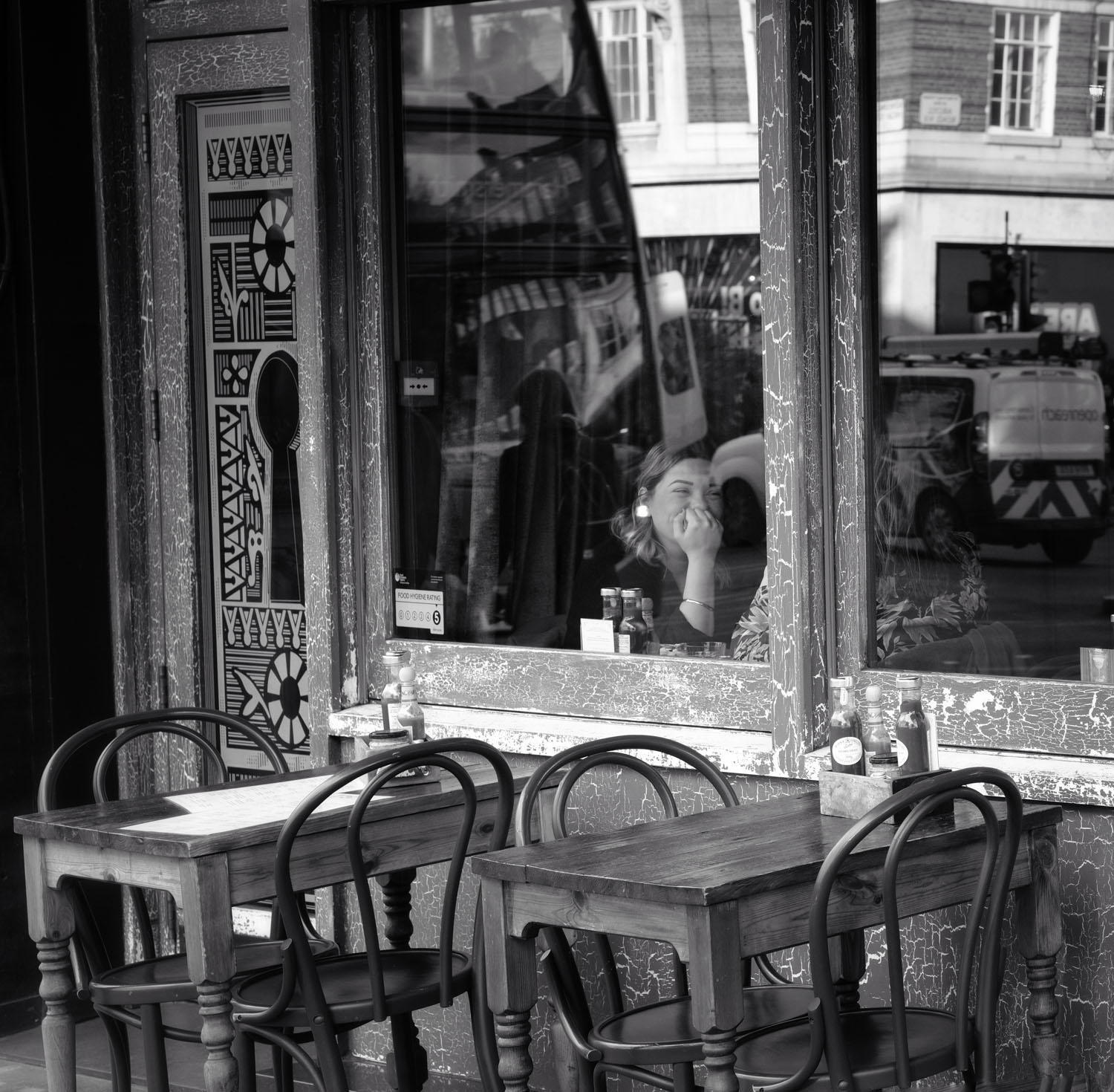
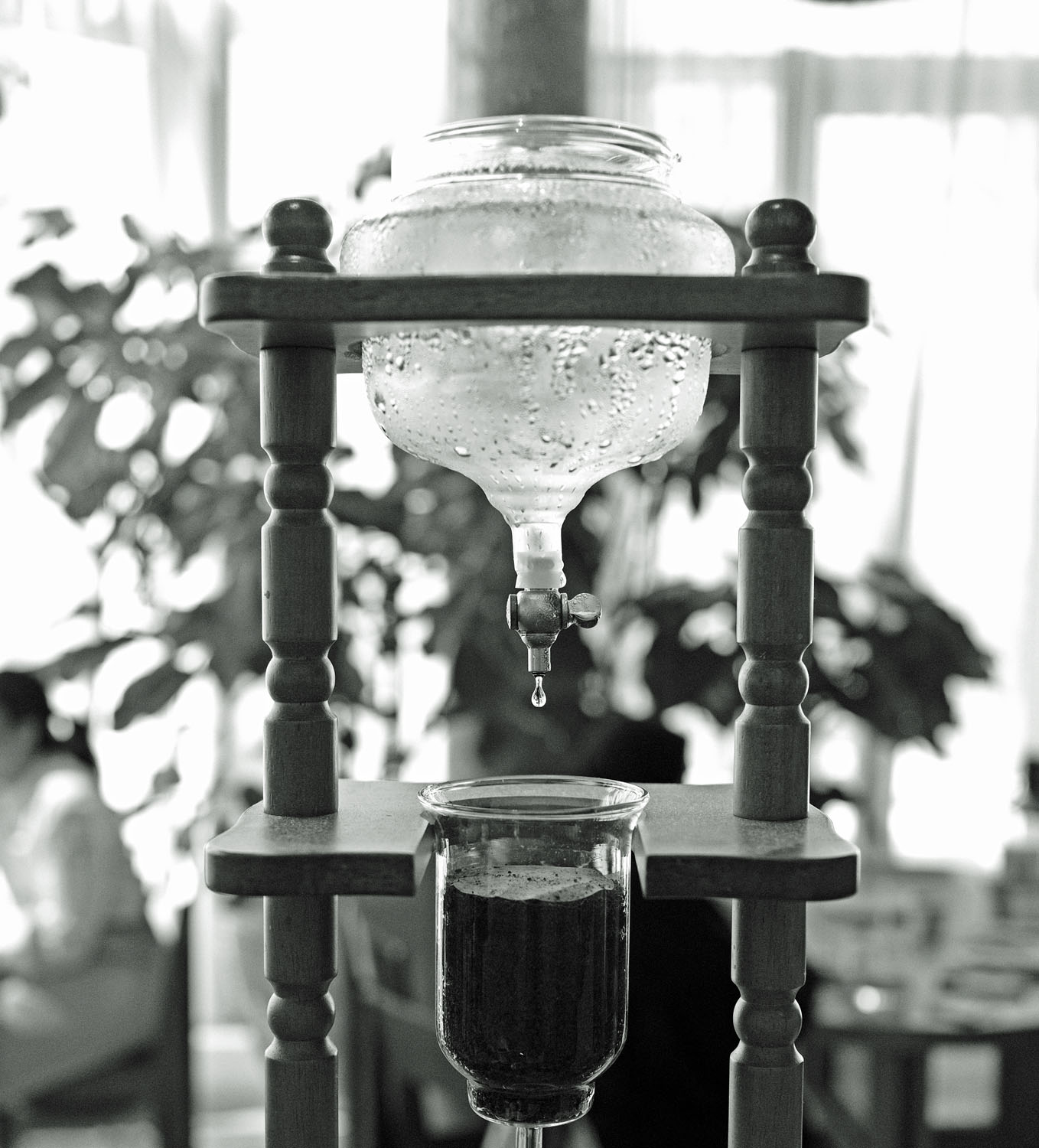
RIGHT: Fuji X-Pro3 . Fuji XF23mmF1.4 . F/2.0 . 1/2500″ . ISO 1600
I wondered how culture affects our relationship with coffee, and it dawned on me that what we call “coffee” has different connotations (and traditions) around the world. It is made differently, is drunk differently, and it even looks different. It does not even have a common vocabulary. Italians swear by one name only (well, at a push, maybe two). But if you order a “caffè” in Italy, you would get what they call an “espresso” in Switzerland. Plus, you’d be hard-pressed to find a “flat white”. You think you know what an “Arabic coffee” is? Order it in Saudi Arabia, and you will be surprised not to get the same coffee as you would get in Palestine. That one is originally a “Turkish coffee”. Still with me? Some people drink water before their coffee to clear the palate, whilst others drink it afterwards to wash down every last drop. And, of course, a cappuccino drunk after 11am in Italy screams “tourist”.
So, my trusted Fujifilm X-Pro3 in hand, I decided to explore diverse and eclectic places where coffee is drunk, roaming the streets in far corners of the planet, from Europe to the Middle East to Australia, in an attempt to tell the story of café culture in a photobook. It took me five years.
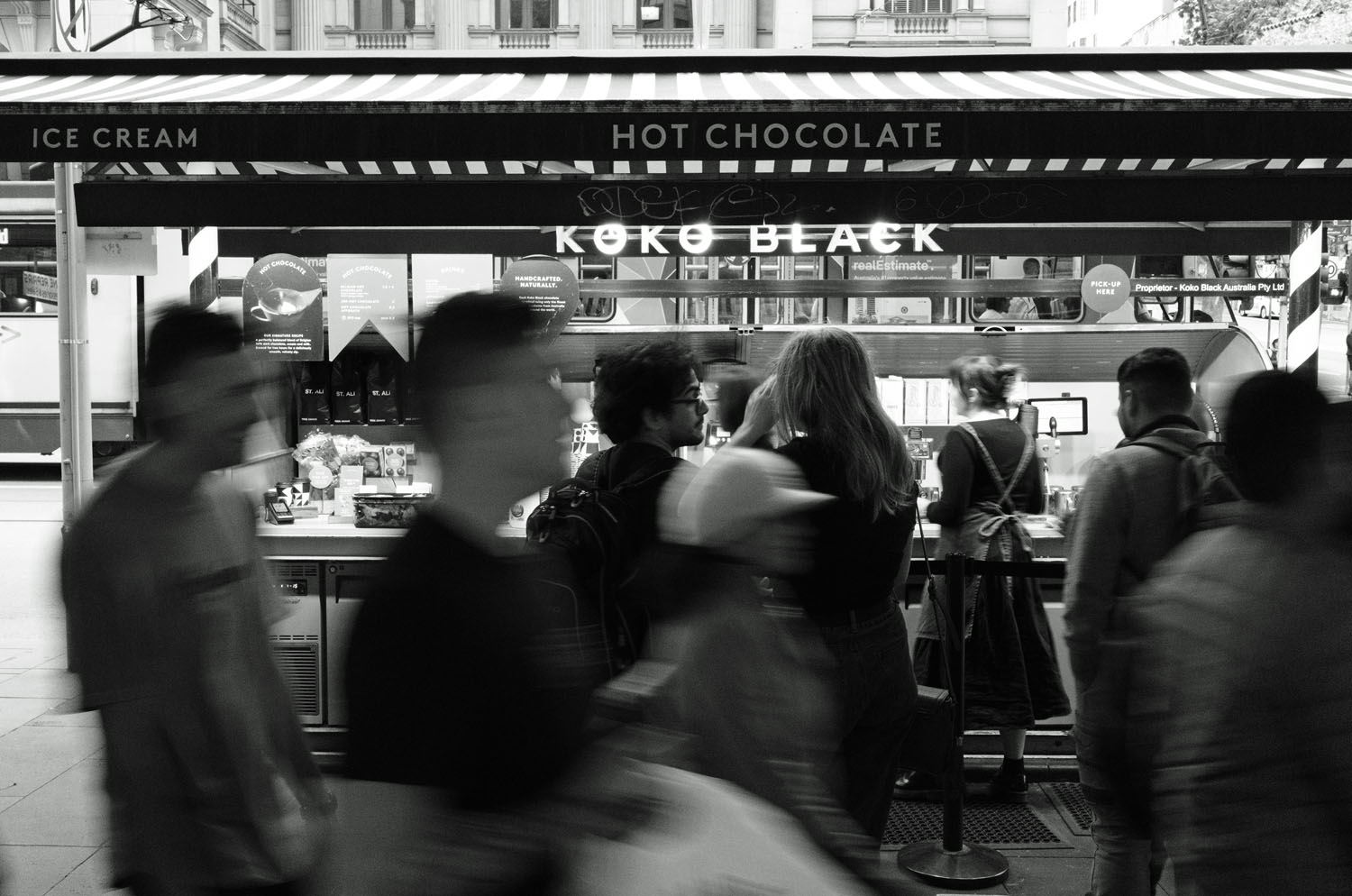
The idea was simmering in my mind for so long that I began to wonder whether I would ever produce the book. The pandemic shutdown of two years did not help, of course, but to be honest, that was a convenient excuse. For many years, this became my photography project, my objective, my obsession. For a while, it was the only subject I was photographing. Every time I thought I had accumulated enough photographs for the book, we would be about to embark on another trip, and I thought it would be a shame not to include that country. And the mirage slipped a little further out.
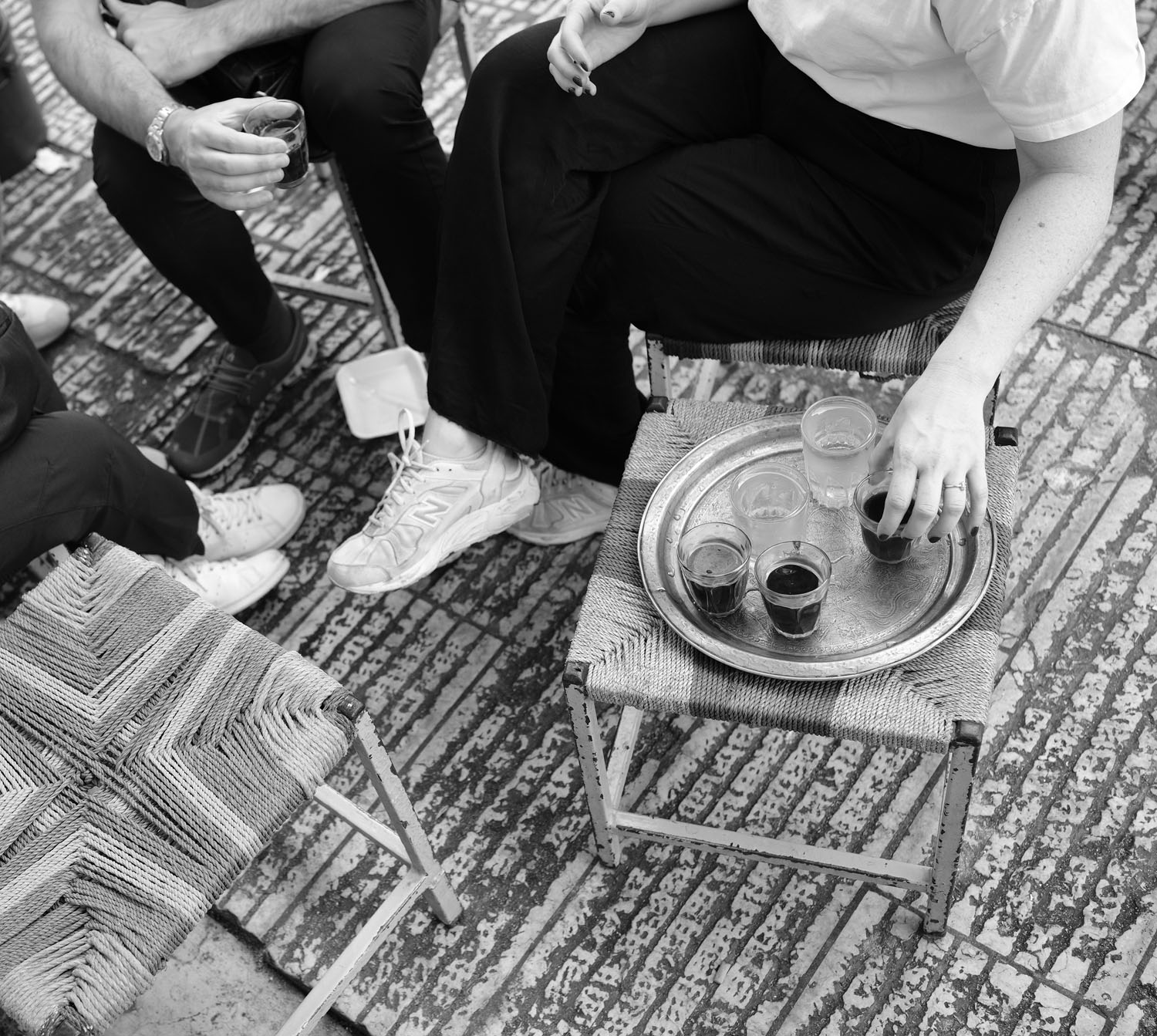
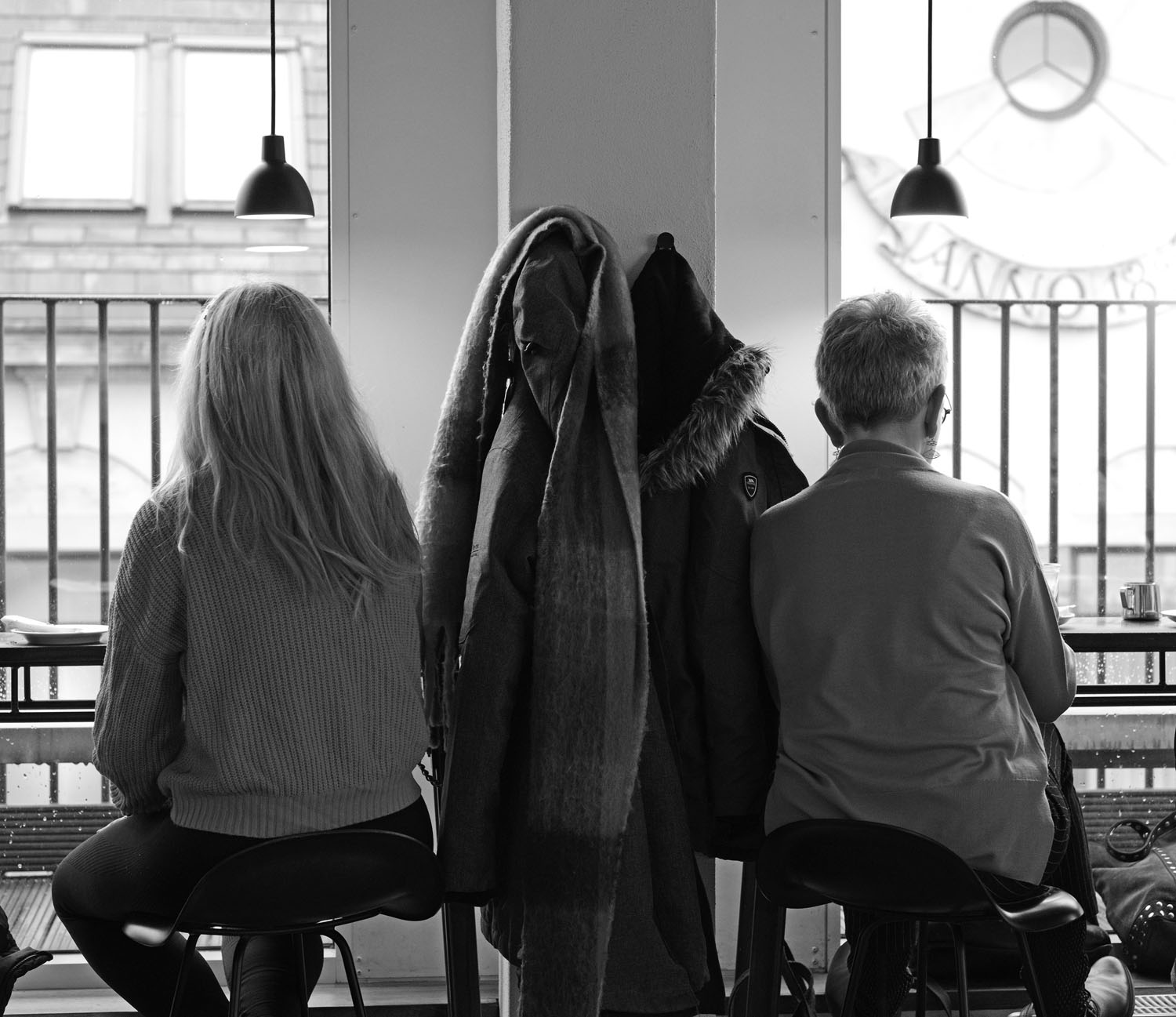
RIGHT: Fuji X-Pro3 . Fuji XF50mmF2.0 . F/3.6 . 1/45″ . ISO 800
Having said that, I confess to have enjoyed the journey. I believe I am a different photographer from when I had started. I became (I hope) more focused on the project and slightly more confident as I photographed people (even though, let’s not kid ourselves, there is still a long way to go). I also took advantage of that period to enjoy online courses given by Magnum photographers I admire, as well as courses on book publishing (a whole art in itself, I discovered). I bought many photography books that inspired me and visited eclectic photography exhibitions. I learned so much in that period. “Cafe Culture: exploring the world of coffee, cafés and their places in our lives” is finally out, and I am confident that the book would have been quite a different one had I finished it five years ago.
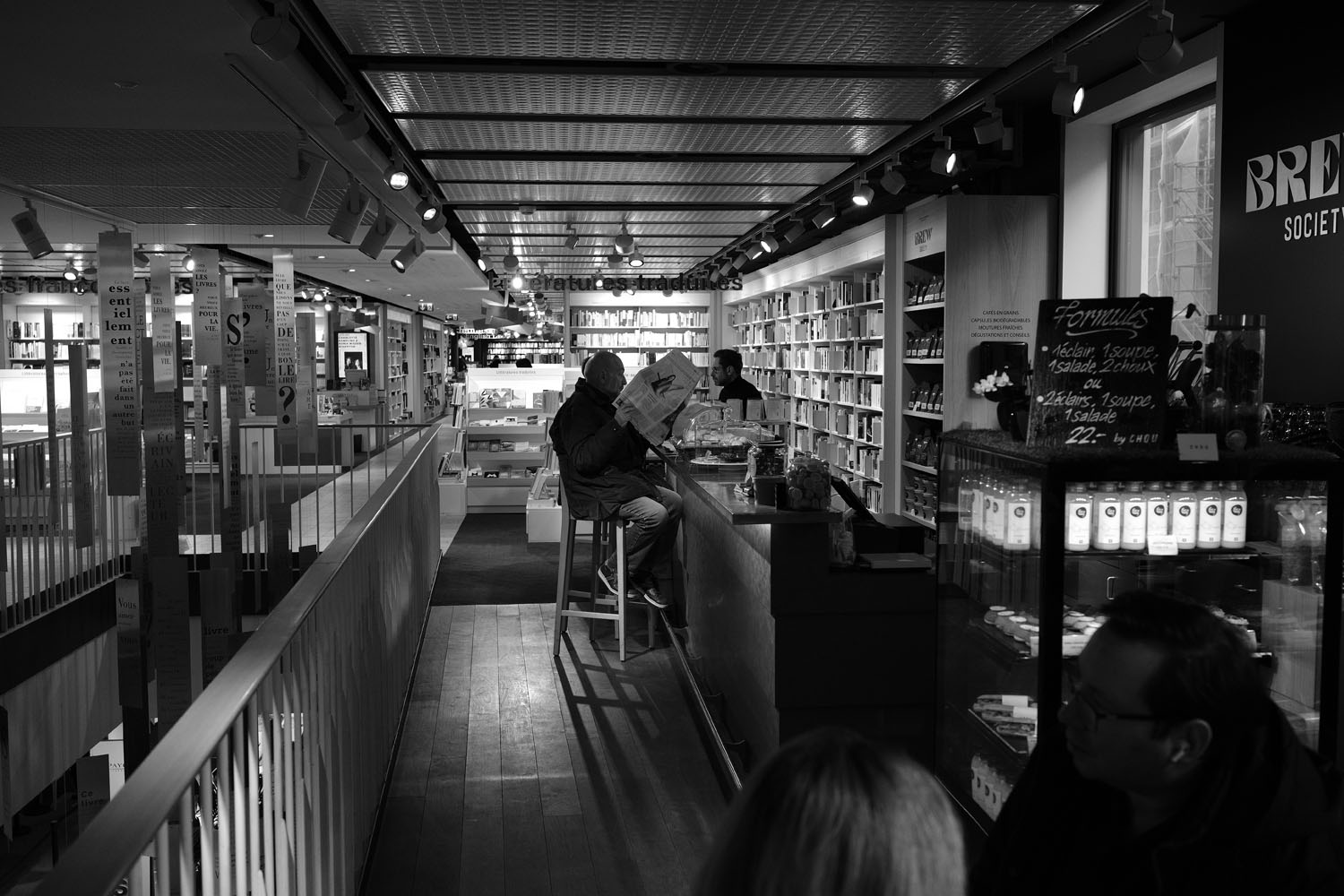
The vast majority of the photographs were taken explicitly for this book, though I did dive into my archive and brought out a couple that I thought were telling the same story. I used almost exclusively my Fujifilm X-Pro2, which was followed by an X-Pro3. I’ve been a convert to the X-Pro system since it came out some seven years ago.

This rangefinder-style camera suits my ethos perfectly. It satisfies my nostalgic yearning (I’ve been taking photographs since I was a teenager some fifty years ago) by housing a retro design, with an optical viewfinder and all the buttons and dials in the traditional places. At the risk of shocking many readers, I confess to love the hidden screen of the X-Pro3. I hardly ever use it (but it’s there when needed), and I love the throwback to the old days when I used to place the film label on the camera back to remind me of what was loaded. It’s a lovely touch, as I always use Fujifilm’s film emulations. I am often asked in the street whether I am holding a film camera. This all makes for a refreshing antidote to the ubiquitous digital devices that surround us. Having said that, the camera also belies some serious technology below the surface, allowing me the best of both worlds – and feeding the geek in me.
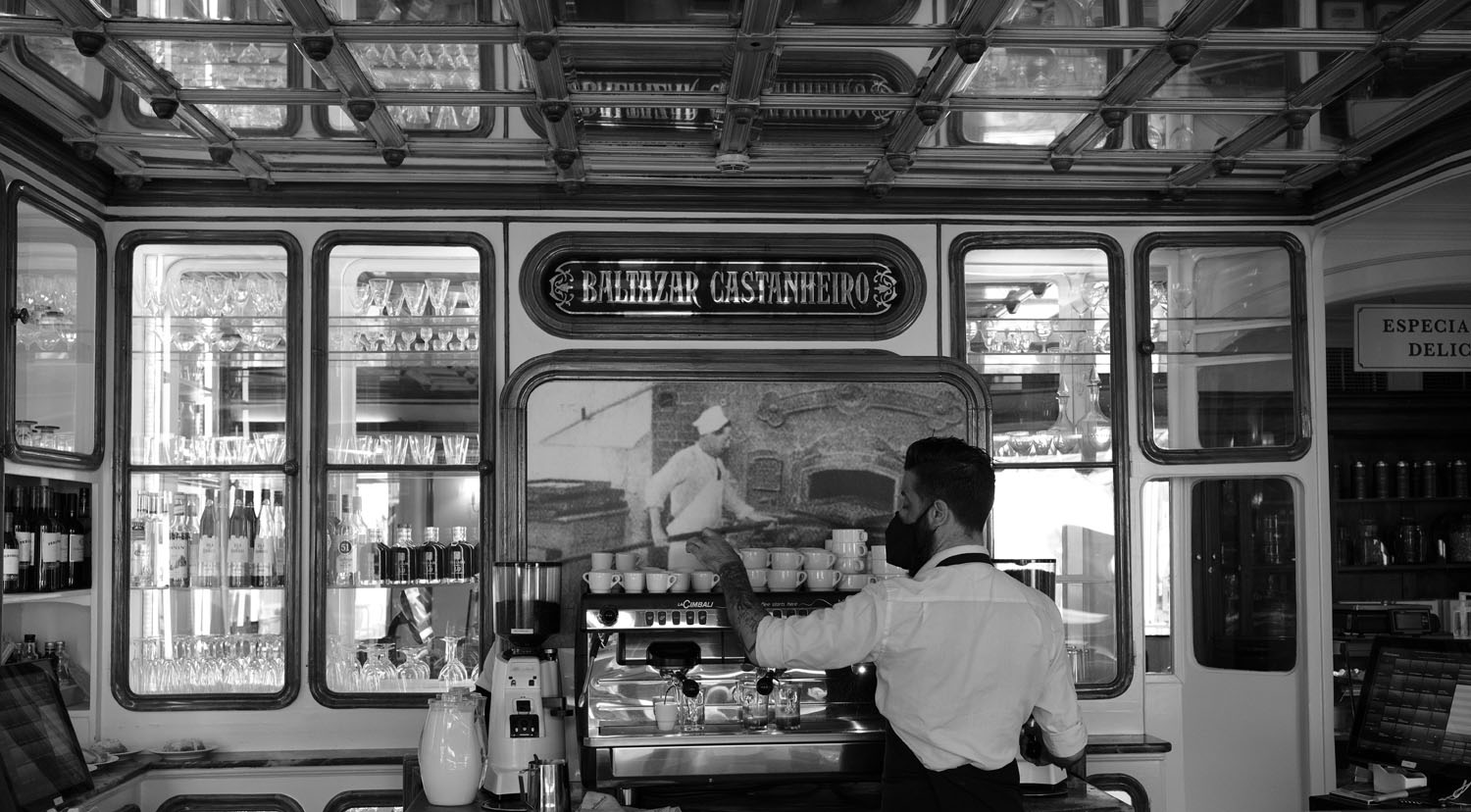
I took all the photographs in the book with the camera emulating Fujifilm’s Acros film, thus committing myself to black-and-white from the start. Friends are often bewildered as to why I would ever want to constrain myself to black-and-white at the shooting stage instead of switching to it through post-production and maintaining the freedom to use colour. But I see the world differently when I know I’ll be shooting in black and white. This is analogous to the old days when I used to insert a roll in the camera.
In a departure from my pre-Fujifilm days, when I possessed so many lenses, including zooms, I now take the minimalist route. It’s a bit of a “mid-life photography crisis”. I have a grand total of two (fixed-focal) lenses. The one that is usually on my camera is the very sharp XF23mm f1.4 R LM WR (which replaced the XF23mm f2). Its only disadvantage is its weight, but it’s a cost I am willing to take. The XF50mm f2 R WR is the other lens that I sometimes use, often when I know I’ll be taking some portraits.
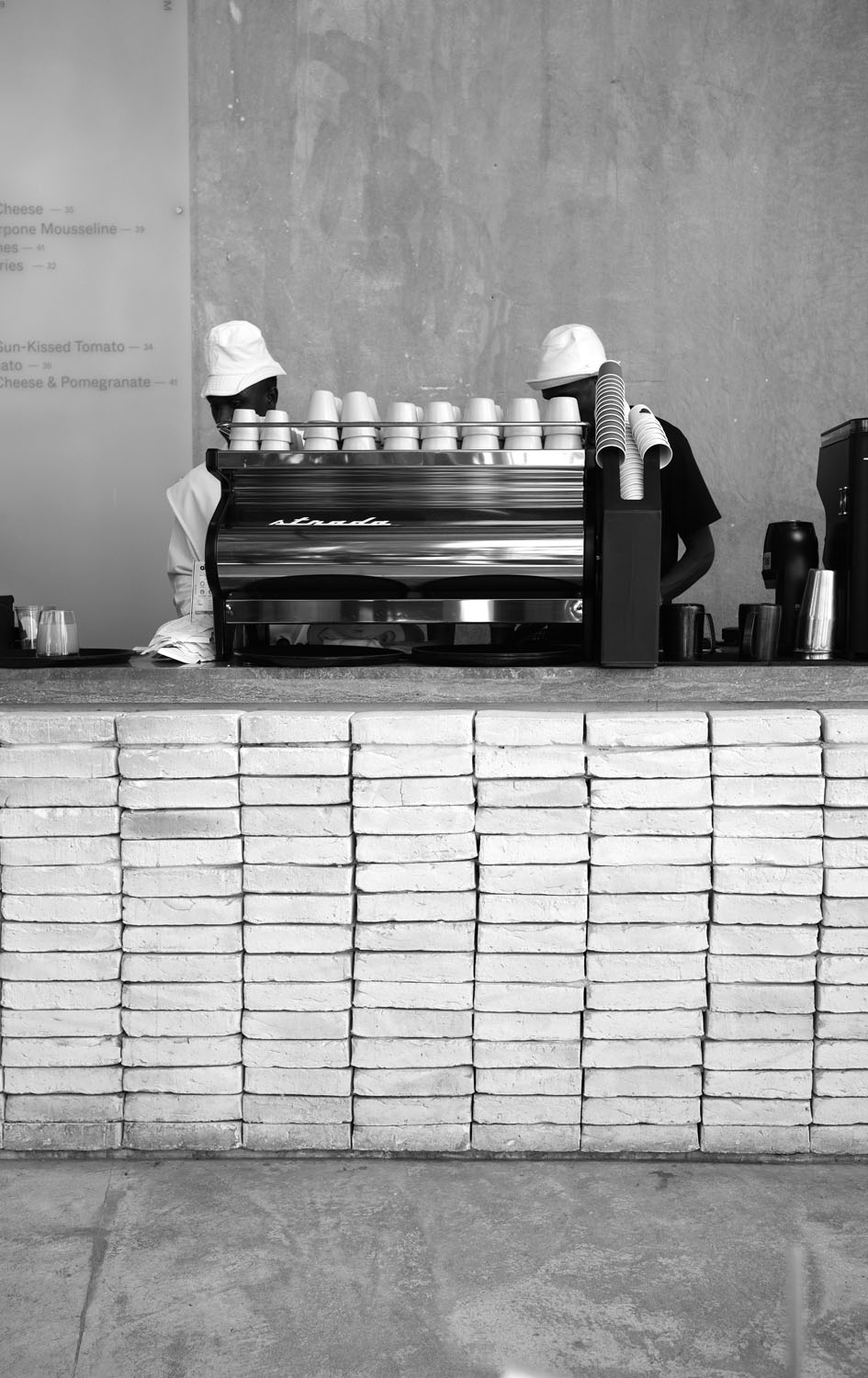
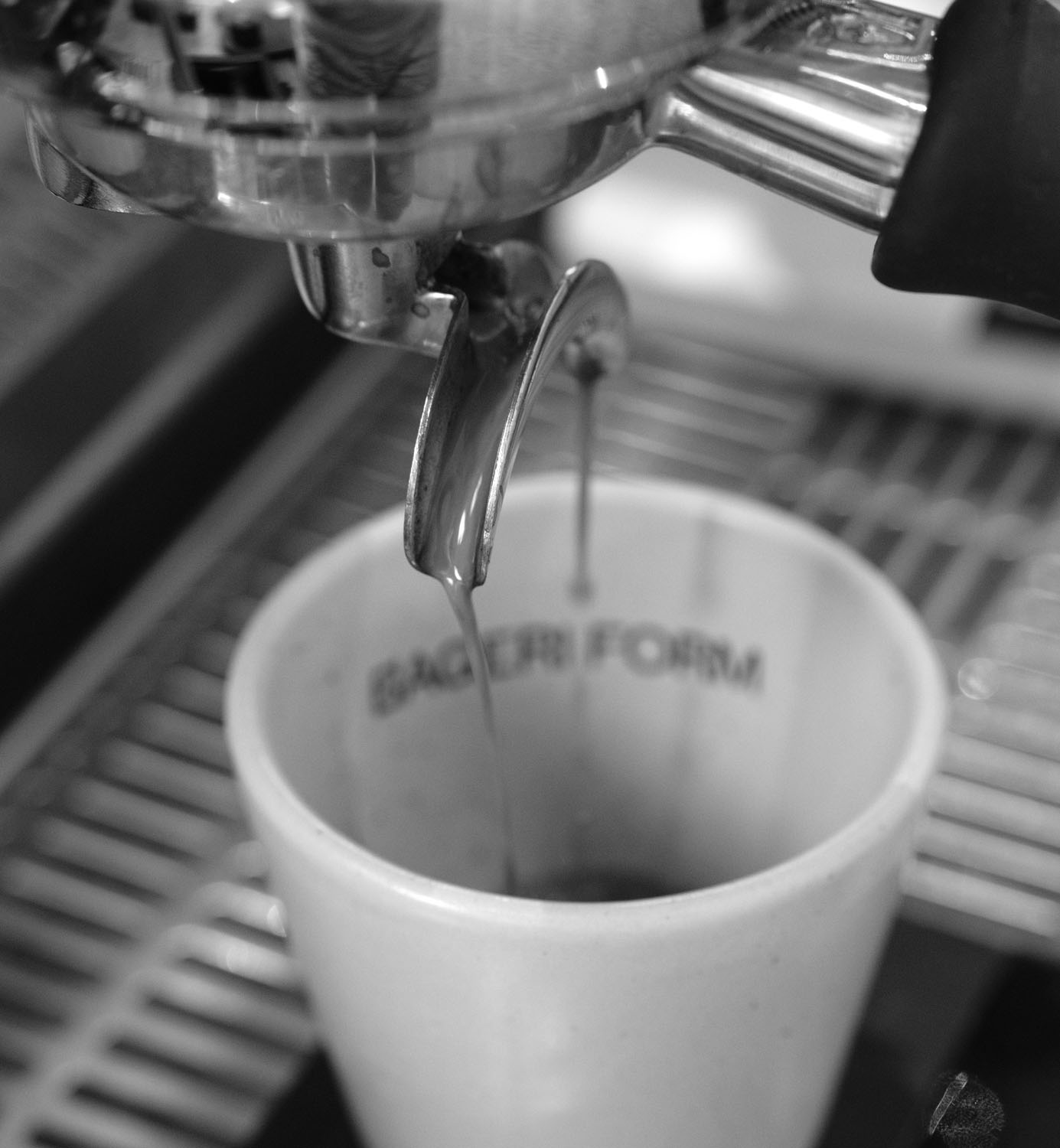
RIGHT: Fuji X-Pro3 . Fuji XF50mmF2.0 . F/3.6 . 1/200″ . ISO 1600
Using a fixed focal length, emulating Acros b/w film, and hiding the screen to prevent scrimping are constraints I willingly put on myself. Sure, the convenience and flexibility that digital photography provides are wonderful and liberating, and I would never want to go back to analogue. But the constant chase after convenience can make us lazy. I find creativity is often borne out of constraints. Usually, what is easy is often not satisfying.
There are so many more cafés and cultures to explore in the world, but I feel I have reached a point where my journey of Café Culture has reached its destination. It was time to edit and produce the book. This was no mean feat. I started with some 400 photographs that I had to whittle down to about 150. What theme should I use? Should the photos be in geographical order? Chronological order? How should one photo lead to the next? What’s the common thread linking the photographs? Is it contextual, graphical or something else? Does each photo support my story? These were some of the questions I struggled with. I learned to be ruthless. I had to let go of some photographs that I particularly liked and with which I had an emotional connection, but did not fit the narrative of the book. It was tough, but I was helped by my daughter, Samira, who had a keen critical eye and a more detached perspective, closer to that of a reader. She made the book a much more enjoyable experience.
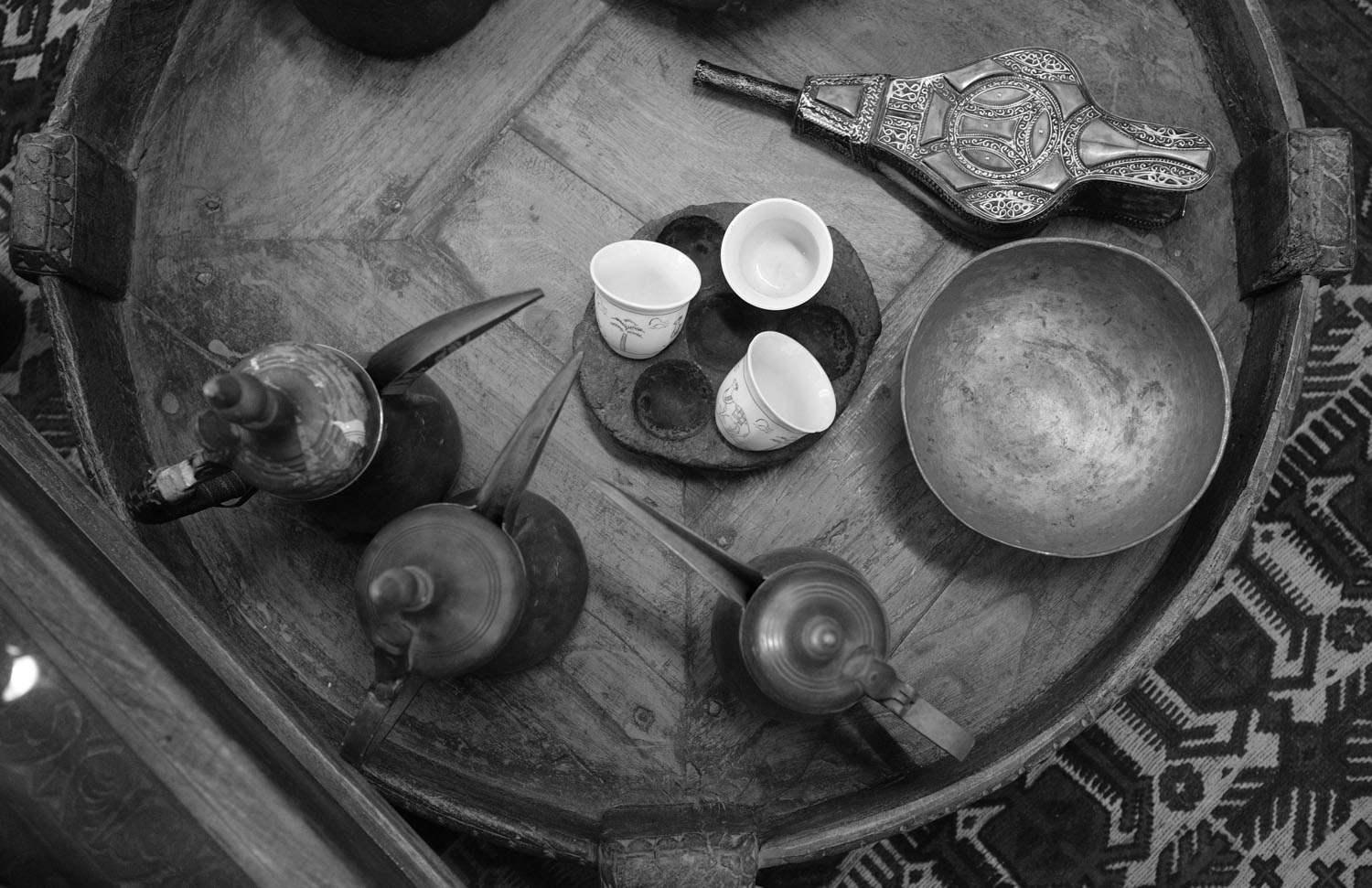
I now have mixed feelings of being a little aimless, but also of being liberated (from taking only photos of coffee). I already have an idea for a next book project, but I think I will savour my freedom for a little while longer.
Hani Dabbagh
Geneva, April 2024

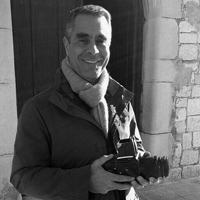
Addicted to photography, technology and flying, Hani Dabbagh is happiest when he is using all three. A Palestinian-Swiss, Hani works in the high tech industry and is married, with two grown children, from whom he learns a lot.

